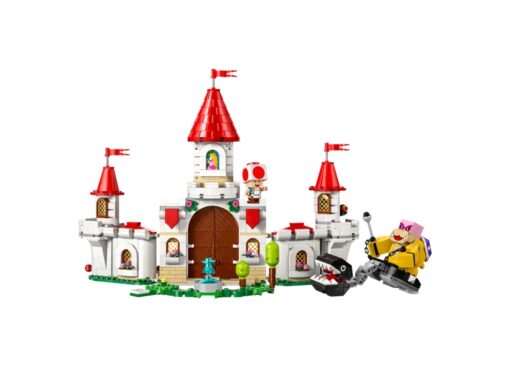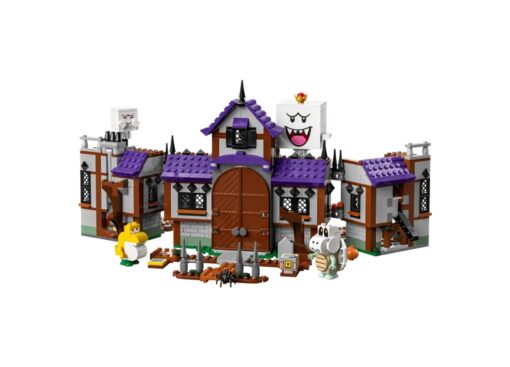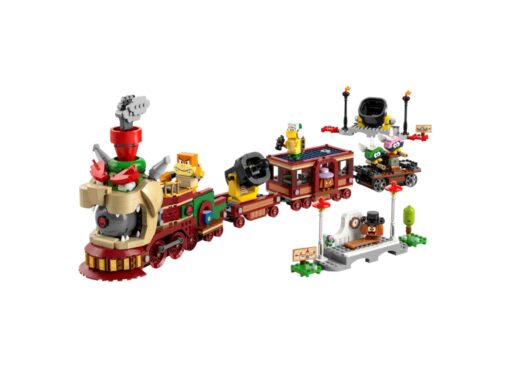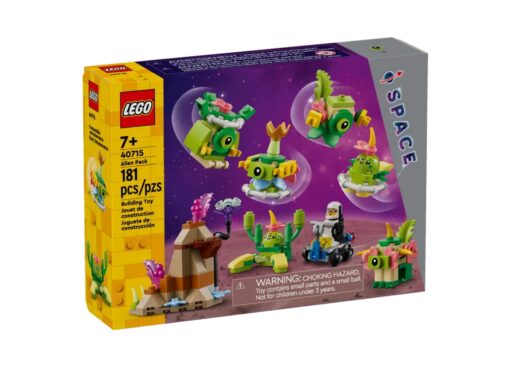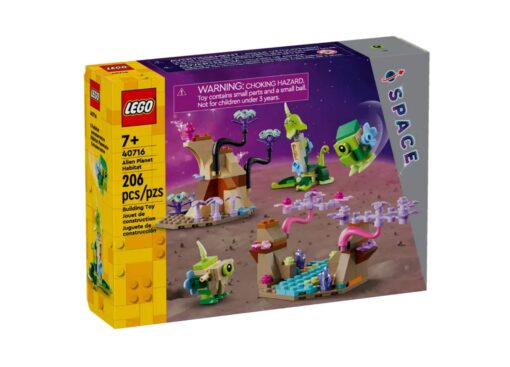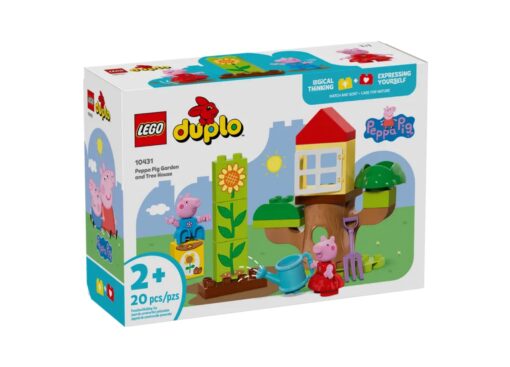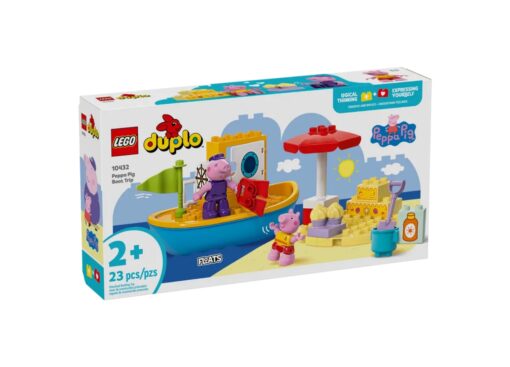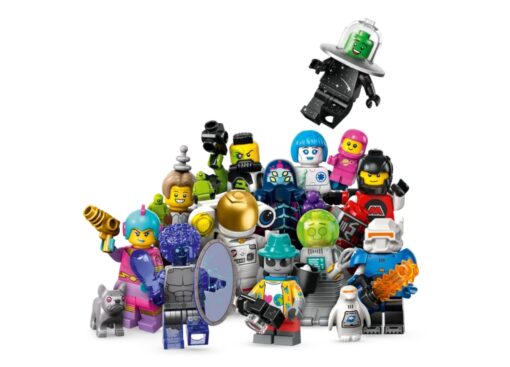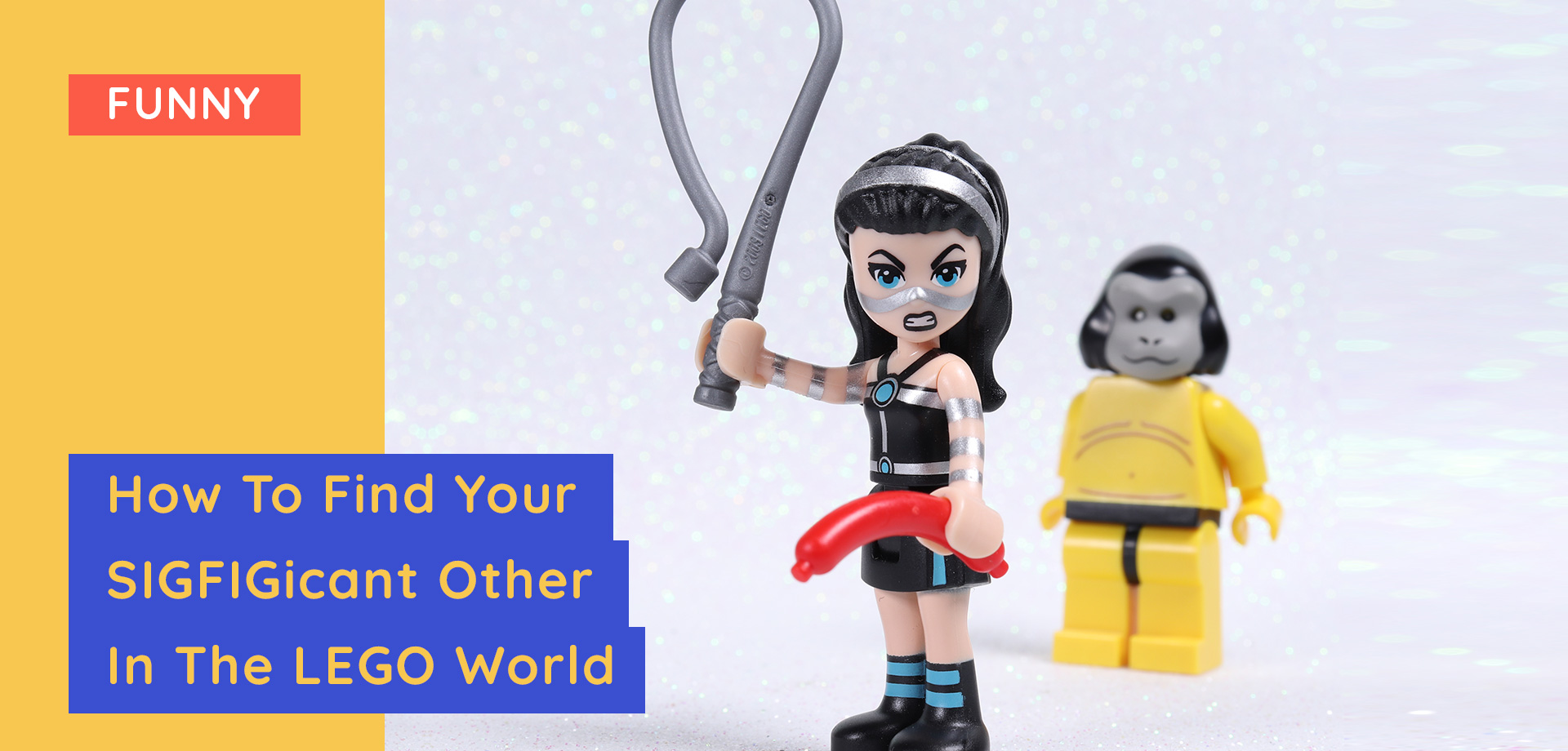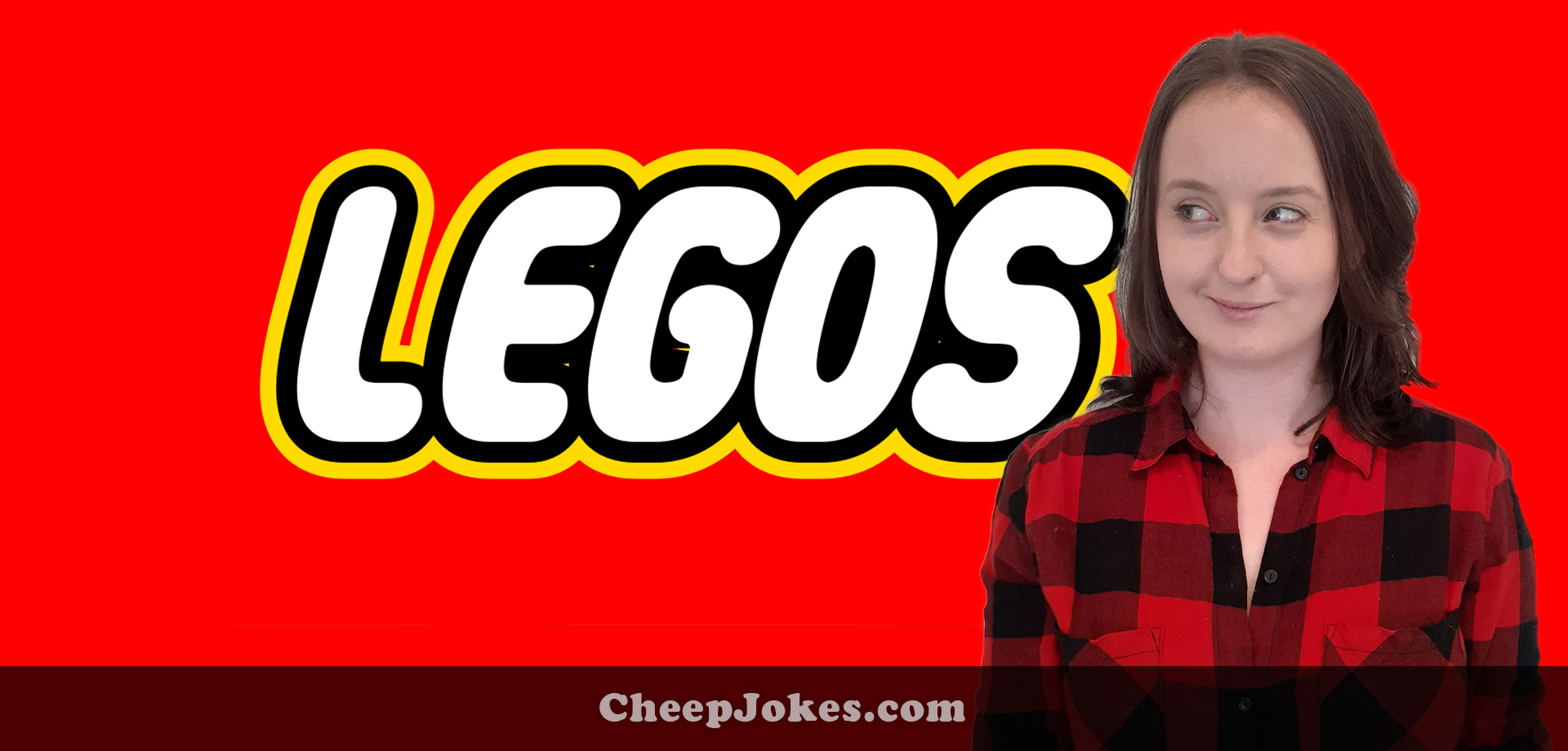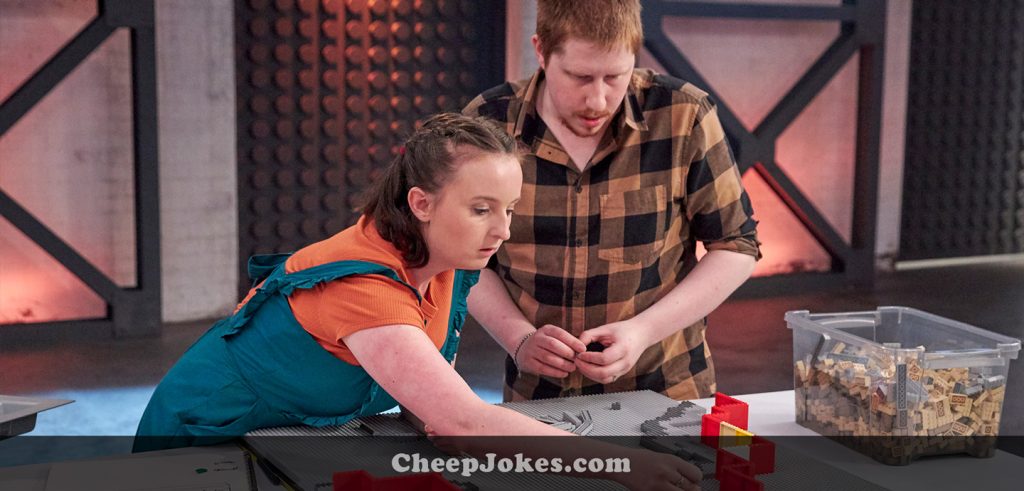
How to Collaborateg With Your LEGO Obsessed Partner
I know it can seem quite odd, or immature, that a fully grown adult can be obsessed with a product that recommends itself for children 12 years old or below.
It’s also hard to believe that building blocks marketed for kids has a huge adult fan base, that has formed amazing communities, who have created stunning exhibitions. Which has inspired innovations in some of the most unlikely of places. Seriously, it can be unbelievable.
I have a few words of advice for anyone who plans to buddy up with someone
But eventually, when you come to terms with how incredibly amazing LEGO building can be, you are going to want to jump right into that hobby.
I have a few words of advice for anyone who plans to buddy up with someone who has dedicated literal years of time and energy into MOC (My Creation) building.
First of all, find your own strengths before entering a collaboration
-
Have you always had a knack for mechanisms?
-
Are you talented with small details?
-
Architecture? Creatures?
-
Natural structures?
-
LEGO Recreations of iconic pop culture?
Build some of your own little MOCs and see what you can do.
Secondly
Learn the LEGO Lingo. If you want to collaborate with a LEGO Enthusiast, it helps when you speak the same language.
If you don’t know what snot bricks, BURPs, SURPs, tiles, plates, studs, technic, slopes and curves are, you are probably going to have constant communication break downs.
Thirdly and lastly, take some time to read about the Maths in LEGO. How many plates equal a brick, how many plates between snot bricks for alignment, technic gears and rotation speeds.
It will make problem-solving far easier for you, and your expert will have to do less hand-holding.
Once you’ve done your homework, you can try a collaboration!
Think of it as two artists working together
When two people decide to collaborate on a LEGO MOC, think of it as two artists working together.
You both have creative strengths, styles and tastes. But they aren’t the same as each other. It’s about finding how you complement each other, which requires some compromise and faith.
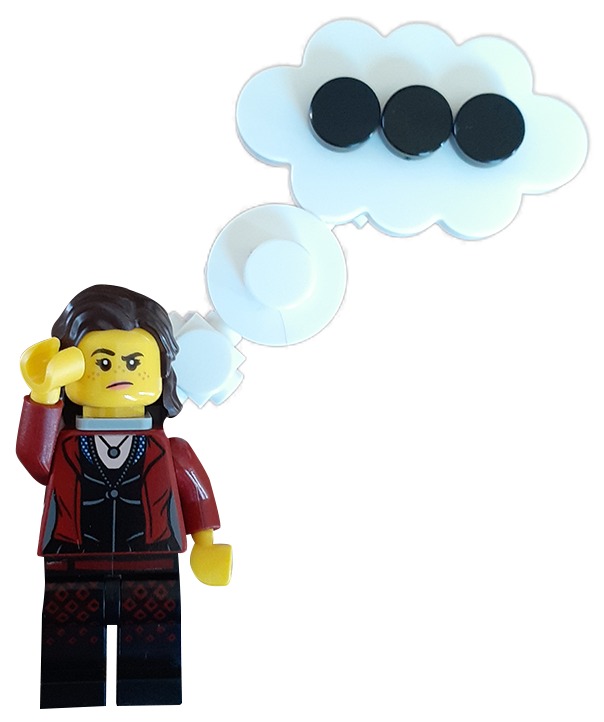
Learnings
The toughest part of any creative collaboration is planning. If you watched Tim and I on LEGO Masters Australia, it would be to no one’s surprise that Tim and I have hit a few walls in this phase.
What has worked best for us is creating multiple variants of the same idea until we find something we both like. When we planned our LEGO Masters finale build (which we plan to build one day). We used a Ven diagram to find what we were both looking for in a concept, then drew out as many different layouts that we could think of.
Exploring options together seems to be more effective than throwing internalised ideas at one another.
Here’s a list of things to keep in mind when you begin to collaborate
1. Allocating sections of the build doesn’t always mean a 50/50 split of the workload. Working as a team is more about fair than equal.
Focusing one person into one complex part of the build is a totally valid way to build if it utilises each other’s strength effectively.
2. Just because you can’t understand their concept, doesn’t mean you should stop them from building it.
It can be very difficult to vocalise or illustrate a LEGO Concept. In fact, these are great opportunities for the expert builder to teach building techniques to improve on their designs rather than scrap their designs.
3. If your newbie wants to try building something that is highly complicated, have each of you build one on your own. Worst case scenario. One fails and it is returned to your pool of bricks.
Best case scenario – you have two super cool options to pick from or combine!
4. LEGO is fun because of the creativity and freedom it gives to the builder. If your creation keeps getting ‘fixed’ or scrapped, it’s going to remove all the fun and discourage you from pursuing a LEGO hobby.
Keep this in mind when collaborating with someone who’s just starting out.
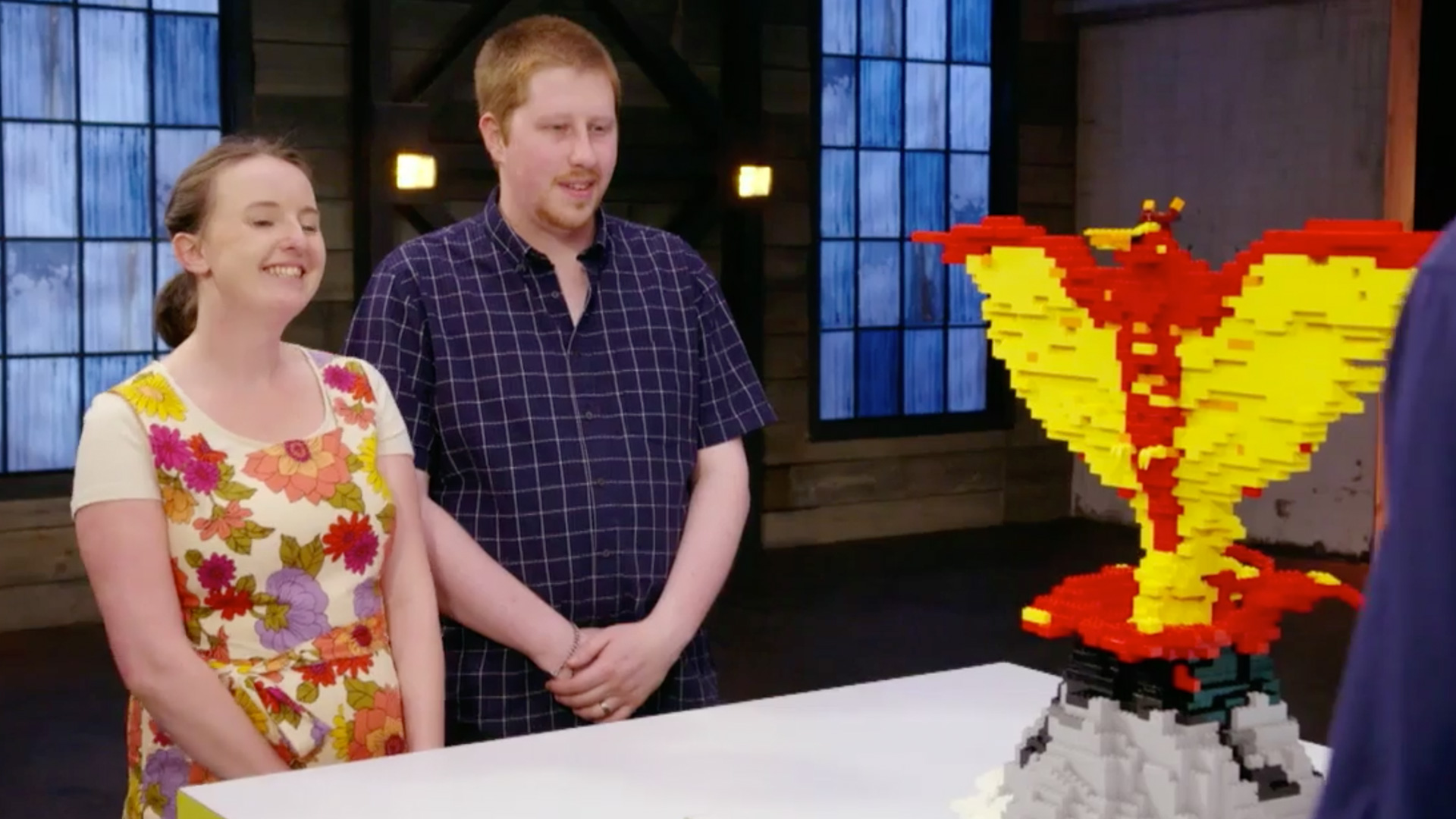
If you keep all this in mind, your collaboration style will develop on its own and you will find your groove as a duo. Collaborations will look different for everyone – there is no right or wrong way to do it; find a dynamic that makes you both enjoy an epic build!
Good luck!
Thank you for reading
Support BrickBanter.com by shopping for your LEGO® via the affiliate links below.
It’ll cost you nothing but will mean the world to us. 🫶
🇦🇺 Australia – 🇨🇦 Canada – 🇪🇺 Europe – 🇬🇧 United Kingdom – 🇺🇸 United States – 💛 Everyone else
Explore more articles



